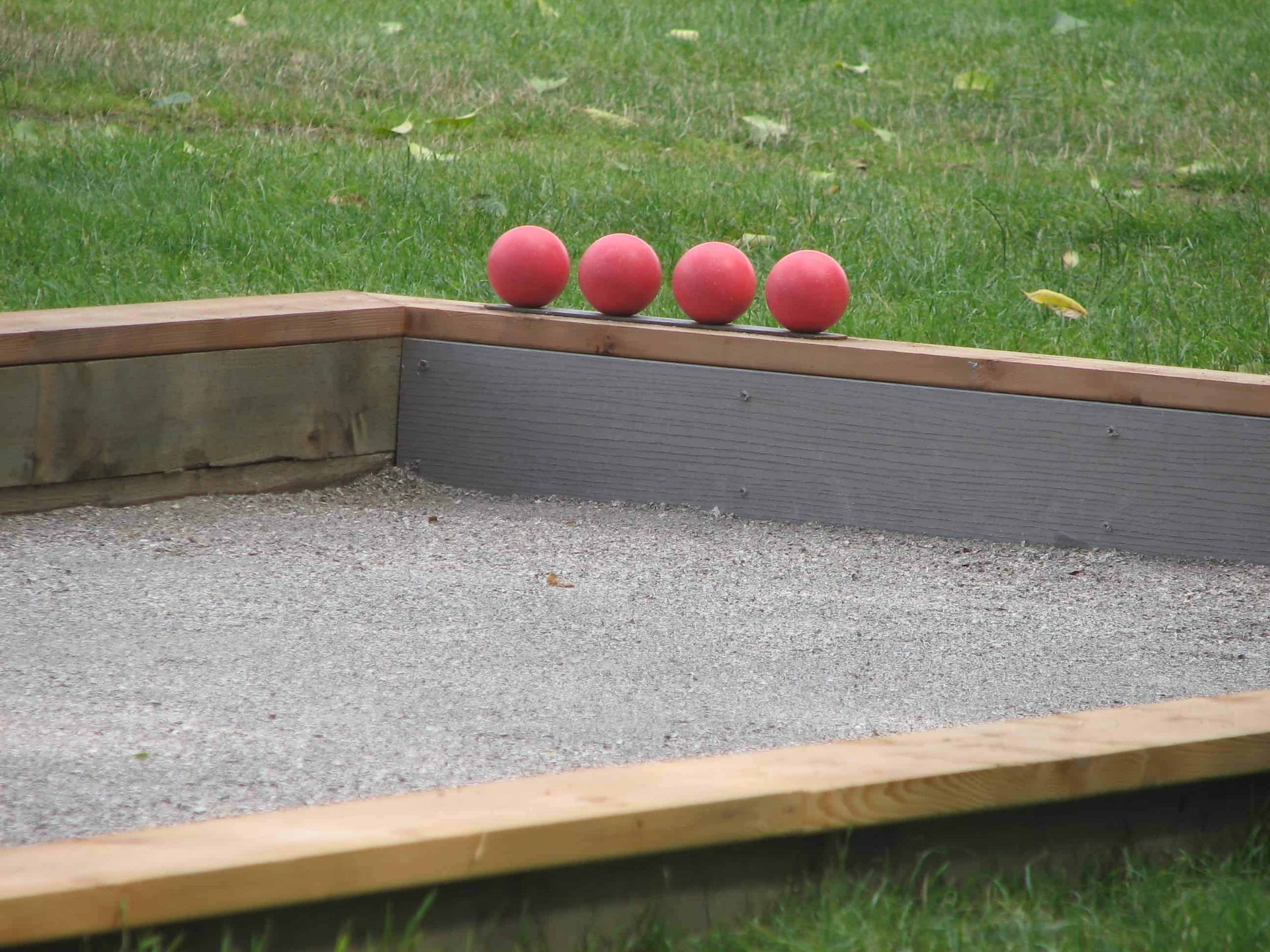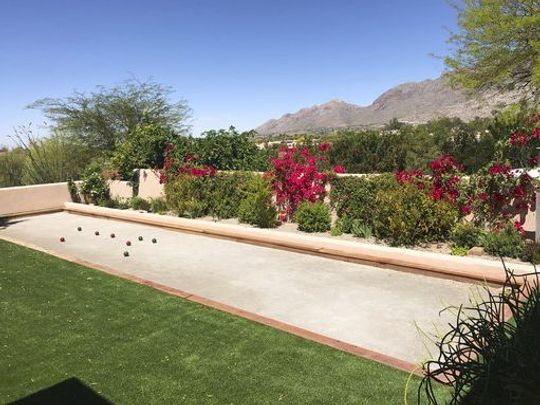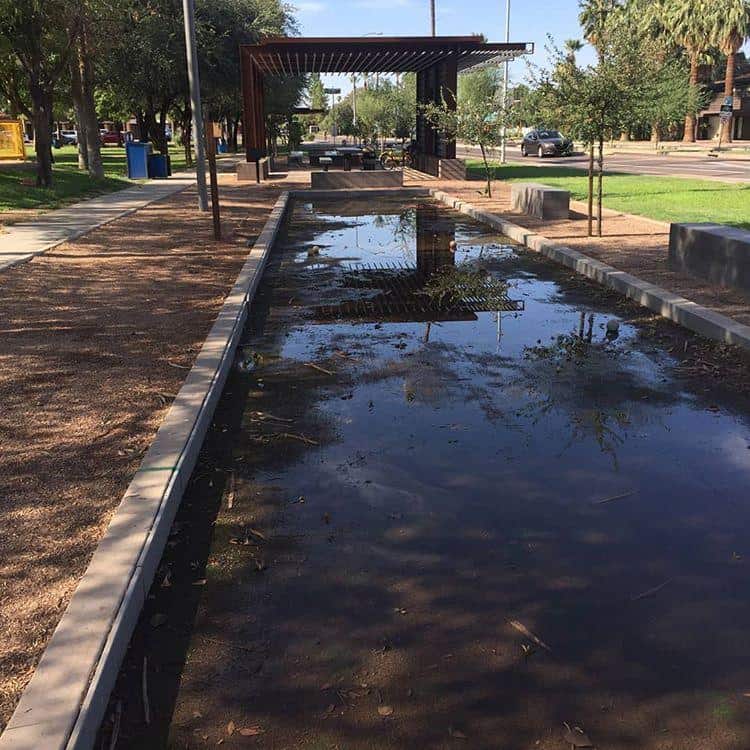Resources
-
A frequent question we get is whether or not to line a concrete perimeter with wooden or composite materials.
-
Rain Country Blend can be installed by most any competent person who understands the terms “level”, “plumb”, and “square” plus why they are important. Boccemon promotes the use of local contractors (or neighbors) to build courts. We recommend easy to...
-
We were recently featured on https://www.gosanangelo.com and we wanted to highlight a few pointers for each and every one of you DIY Bocce Court builders out there.
-
"The key factor for me regarding synthetic vs. our natural RCB is that an imperfection in the court levelness on a Boccemon court can be fixed while they are permanent flaws with synthetics." - Tom Mcnutt
-
After fielding 5 to 20 inquiries about bocce court construction per day, 7 days a week for the past dozen years, I feel the right to weigh in on some things. When I set out in 2001 to build a...





